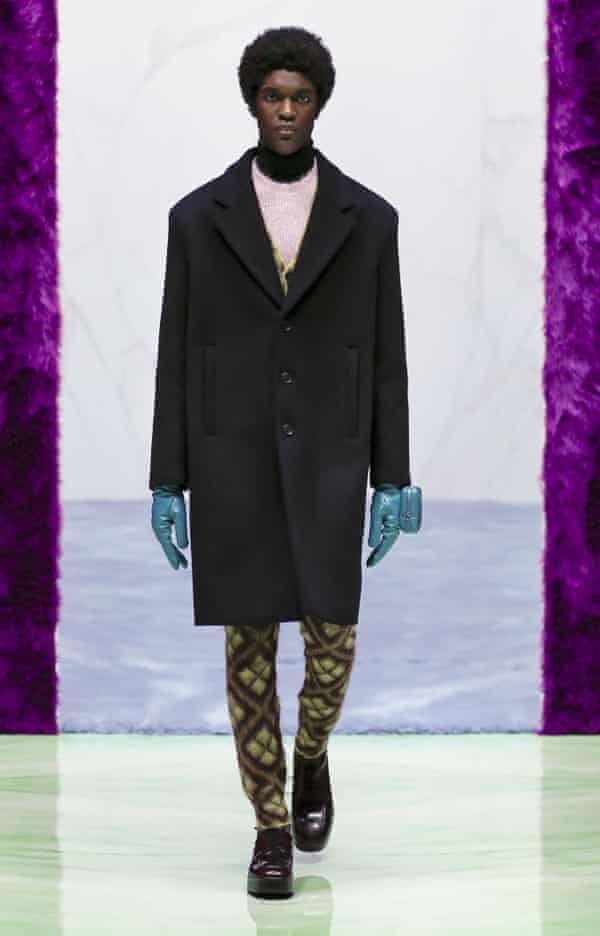As the number of fashion retailers closing down continues to rise, emptying at the highest rate since 1999 according to Bloomberg, optimistic analysts have forecast a post-Covid recovery.
The Economist predicted a “new period of economic dynamism” was on its way, while Prof Paul Krugman wrote in the New York Times that “things will get better” and the business mogul Tilman Fertitta told CNBC : “The consumer is coming back … this is going to be the ‘roaring 20s’ – you can just see it.”

If the last global recession in 2008 led to the internet shopping boom, will fashion be experiencing a revival of fortune?
“Post-pandemic, we will certainly be looking for ways to reconnect socially – clothes, hair, make-up will be part of the therapy,” says Andrew Ibi of Face, a former trend forecaster. “We use clothes to communicate and to perform, they make us feel good one way or the other.”
There was evidence of glamour at the recent men’s and couture shows, such as the dropped shoulder tops at GMBH and the West Egg-ish style of the Casablanca collection. Azzaro and Area meanwhile featured showgirl looks with a focus on silver shading and night-time magic. “For me the idea of going out or dressing up is not so much about colours, but more about textures and fabrics: satins, silk and anything shiny,” says Fiorucci’s Daniel Fletcher, whose recent show featured “dressing up” clothes ready for next summer.
There are also indications that people are already buying for the period post Covid. “Investment bags have seen a huge surge in demand since December and are continuing through January including Brunello Cucinelli, Berluti, Bottega Veneta and Métier,” says Damien Paul, head of menswear at Matchesfashion. “We are also seeing a strong reaction to men’s fine jewellery.”
“Fashion has already begun to reclaim fantasy as a design asset,” says Ibi. “[It’s] always optimistic and follows instinct and speculation towards the future. As designers we respond to the world around us.”
Many have drawn parallels between the Covid pandemic and a century ago, during the 1918 Spanish flu. After the first world war and one of history’s deadliest epidemics we had a decade of social freedom, creative boom and economic upturn.
“Fashion stood nearly still from the fall of 1918 to the fall of 1920 with almost no changes in silhouette or novelty,” says Jonathan Walford, curatorial director at the Fashion History Museum. He says that in the era that followed – the roaring 20s – fashion reflected a society driven by hedonism and a desire to look youthful.
Instead of suits men began wearing “sports clothes [with] caps, plus fours [trousers] and argyle sweaters”. While women “wore oversized hats that slipped down over their bobbed hair and the beaded, waistless, sleeveless dresses [which] made them look like they were playing dress up in their mother’s gowns”.
In our own “roaring 20s” Ibi thinks that the way we dress will be informed by a new sense of freedom. “I think we will see a broader acceptance on how to dress for any occasion,” he says, “whether that’s wearing leggings and trainers to the opera, or full drag into the office.”
